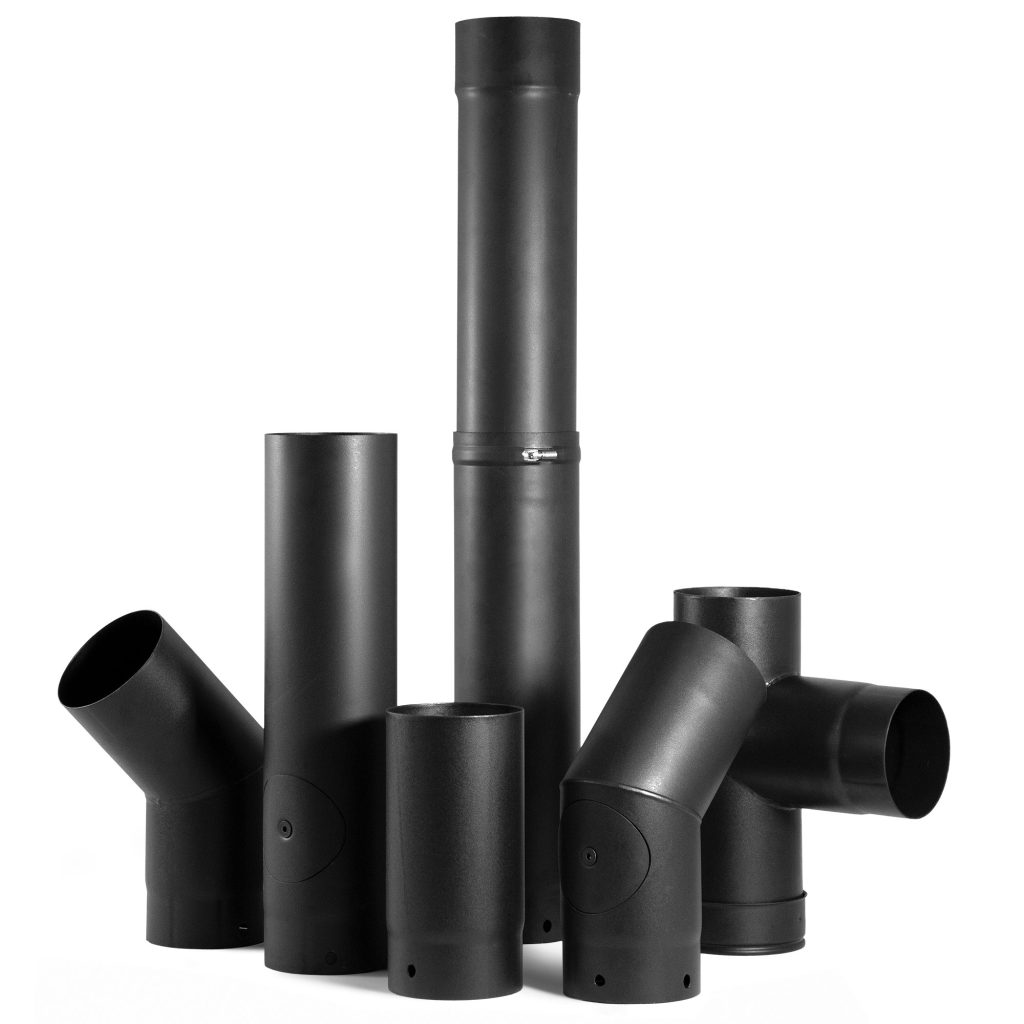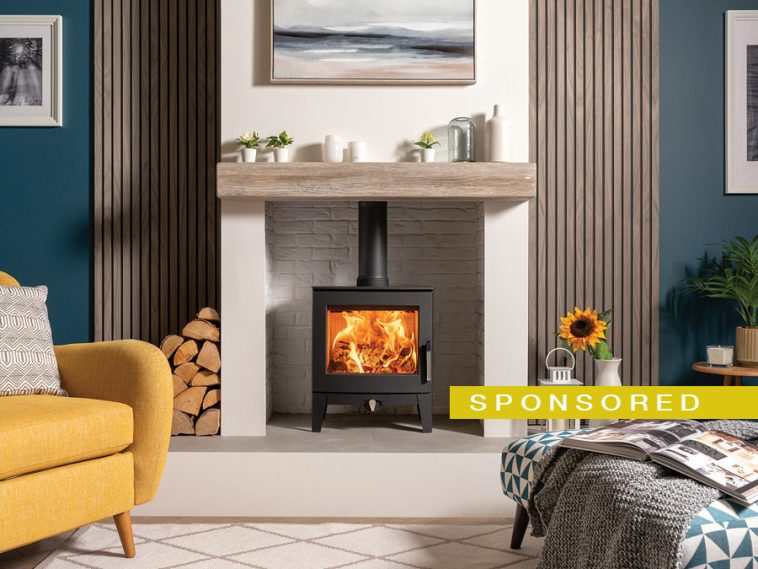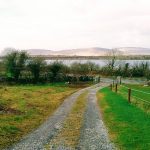New builds rarely have chimneys nowadays so what are your options when installing a stove in your home?
Do I need a chimney to install a stove?
Yes, but don’t worry if you don’t have one in your property! Nowadays, many stoves can be installed with a prefabricated flue system such as the Stovax Professional XQ. This works in the same way a normal chimney would, and can run either internally or externally to your property. The flue pipe can be hidden behind a faux chimney breast or left exposed; decorative options are available.
It is important to remember that in airtight properties such as new builds, a stove needs a permanent air vent to the outside. The size of the air vent opening is dependent on the heat (kW) output of the appliance in the room.
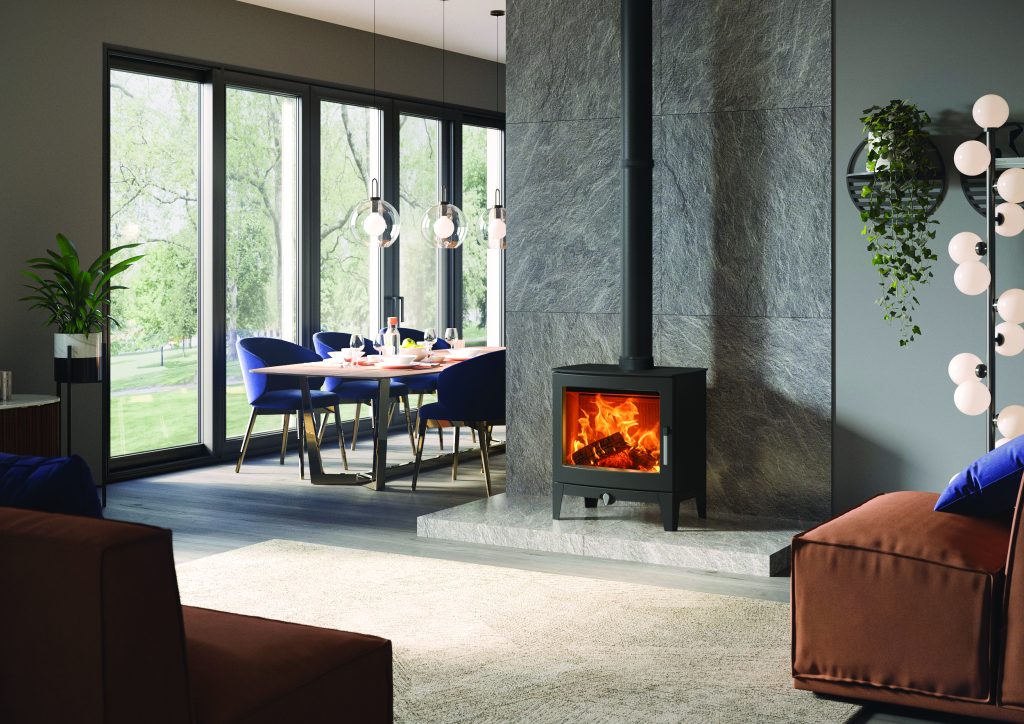
Some wood burning appliances have the option of an Outside Air Kit that ducts the air from outside the house directly to the appliance, without the need for an open vent into the room, thus reducing internal drafts. With an integrated external air connection, the Stovax Futura log burner is a great example.
When it comes to gas, balanced flue versions allow you to have a gas stove or fire without a chimney at all. They are glass-fronted and are completely sealed from the room into which they are installed. This means there are no draughts, and heating efficiency is increased, with a twin-wall pipe venting directly to an outside wall. This also means no additional ventilation is required.
[adrotate banner="58"]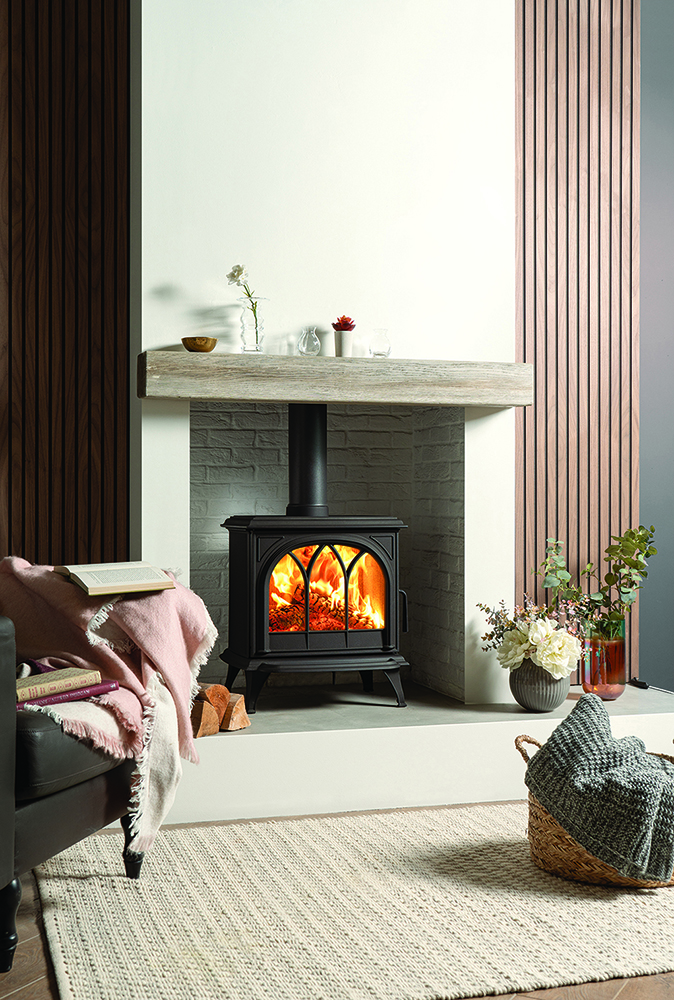
With gas, you also have the option of a cavity wall gas fire. Most of these fires come complete with a dedicated rear exit balanced flue termination kit, which uses a twin-wall pipe to vent directly through the outside wall. The beauty of a cavity wall gas fire is that they feature all the benefits of a full-depth appliance, but with the added ability to be installed in the internal leaf of a cavity wall. This saves on footprint when space is at a premium in your property.
Your Stovax & Gazco retailer will be able to advise in detail and complete a site survey to determine the best options for your home.
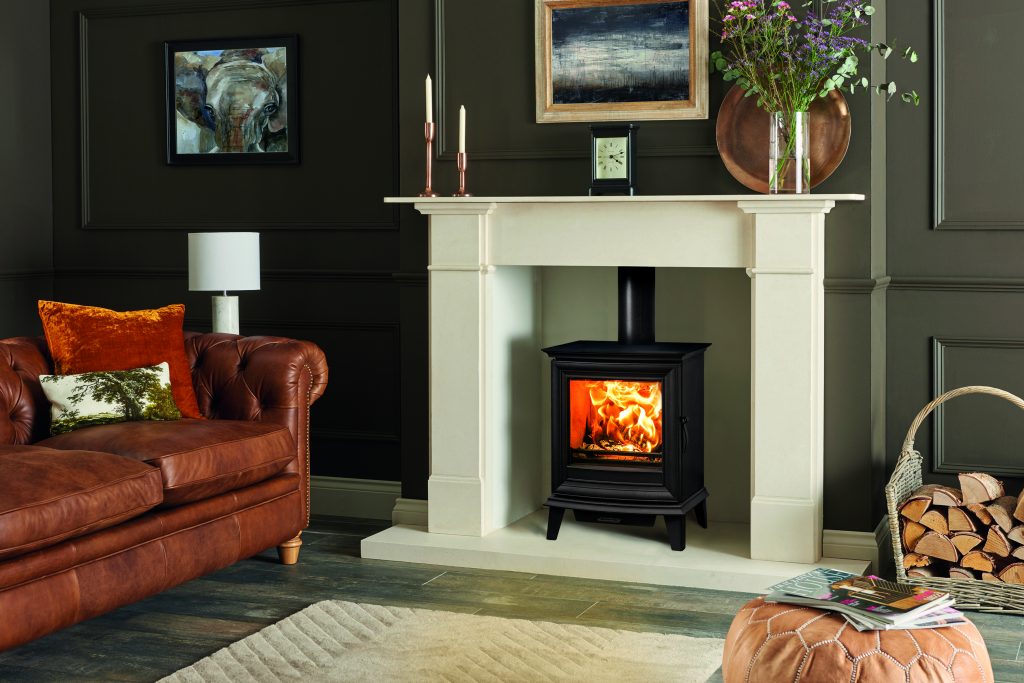
What are the other requirements for a stove?
All gas and woodburning stoves must be installed by a professional who is qualified and registered with a competent person scheme to advise you on the appropriate stove as well as any installation requirements. They will need to consider factors such as the size of the room, insulation, ventilation, and take into account distances to combustibles.
For a gas stove, a registered engineer is required. They will ensure that the installation is safe and complies with relevant regulations. This includes installing a carbon monoxide detector to provide an early warning of any potential problems.
In the case of a log burner, you may need to install a non-combustible constructional hearth, depending on the type of log burner you choose. A log burner should be kept away from combustible materials and doors, and if you are building an extension that simulates a conservatory or garden room environment, your installer can advise on any further flue requirements.
